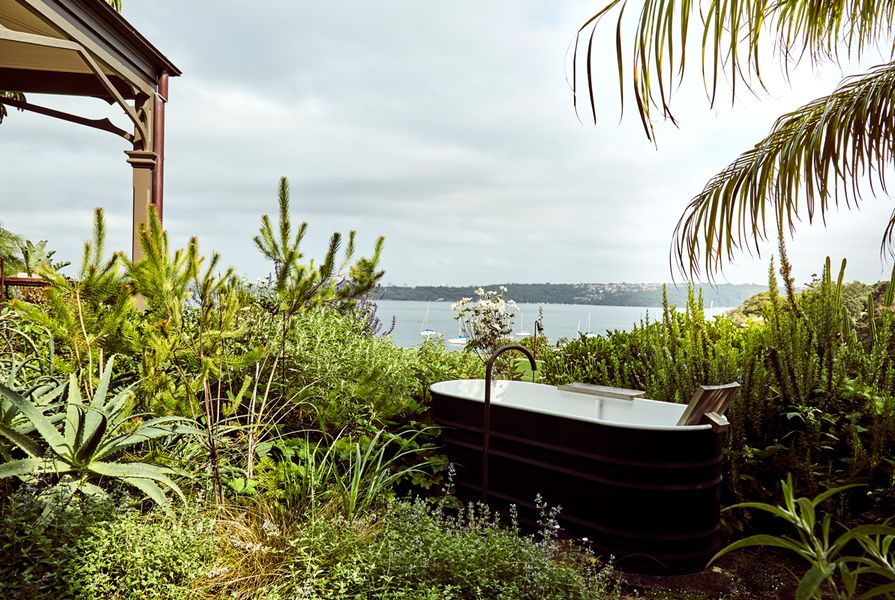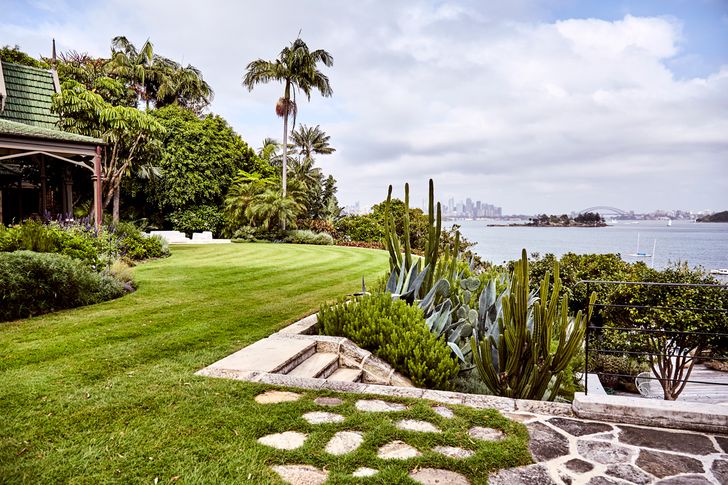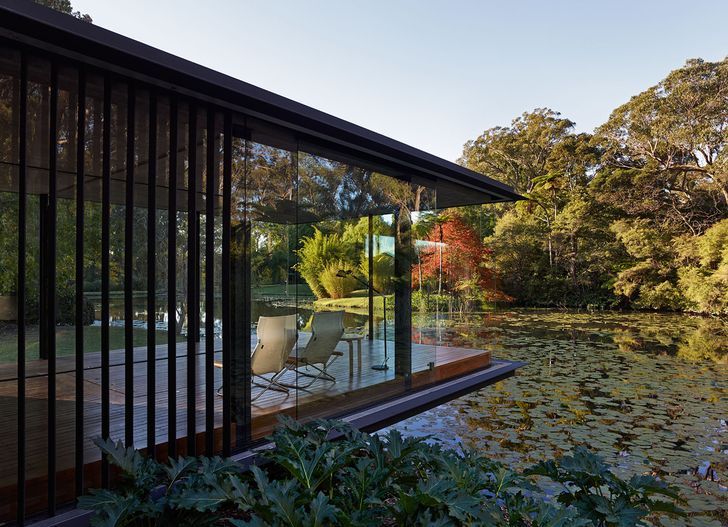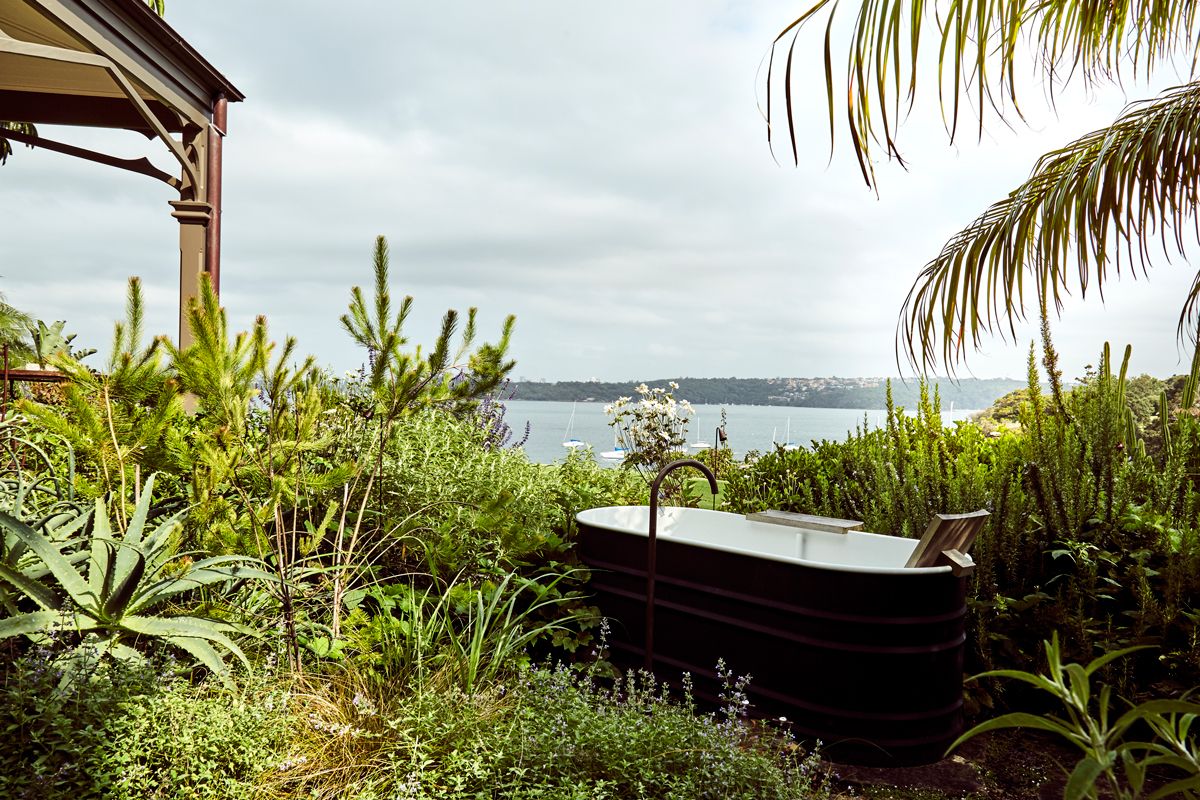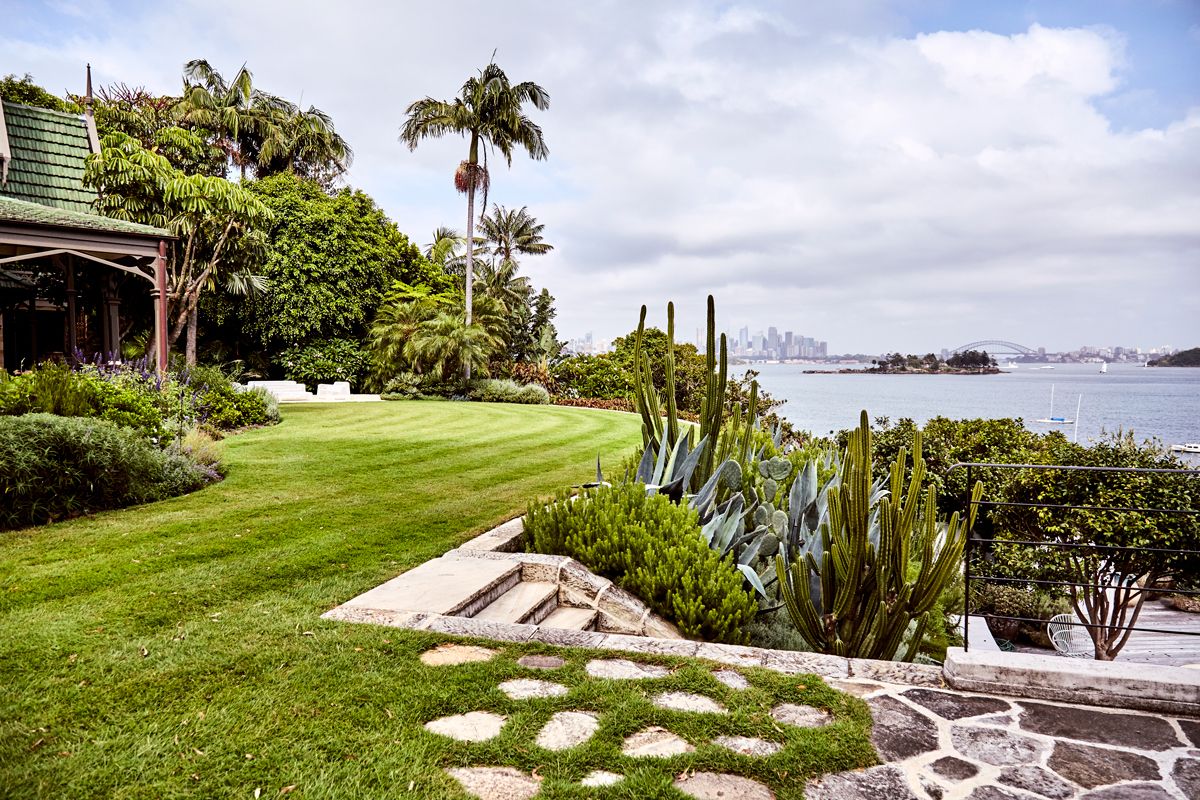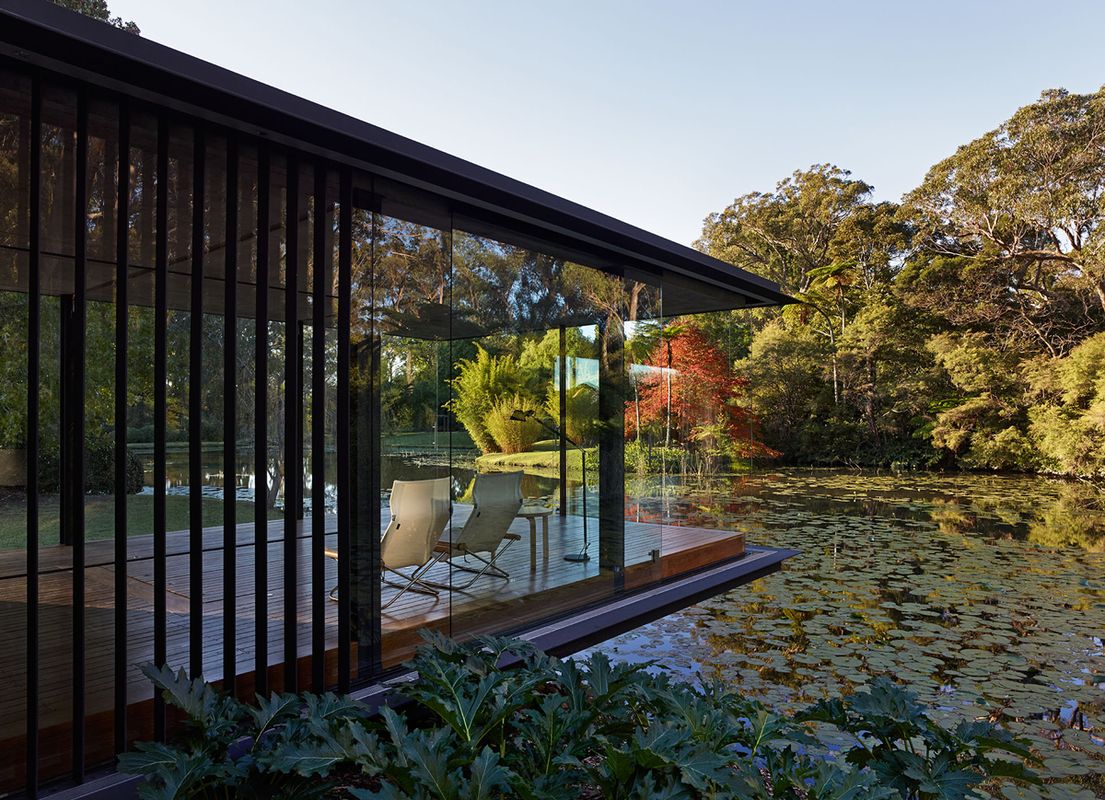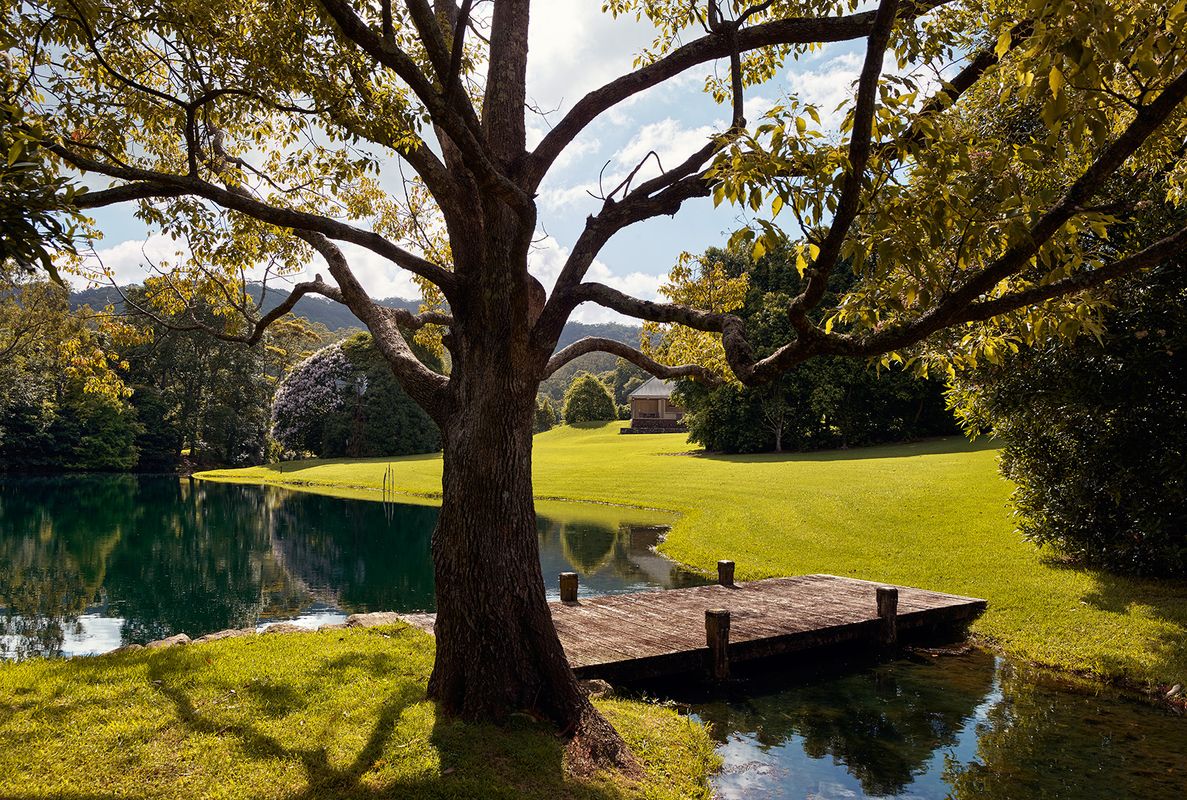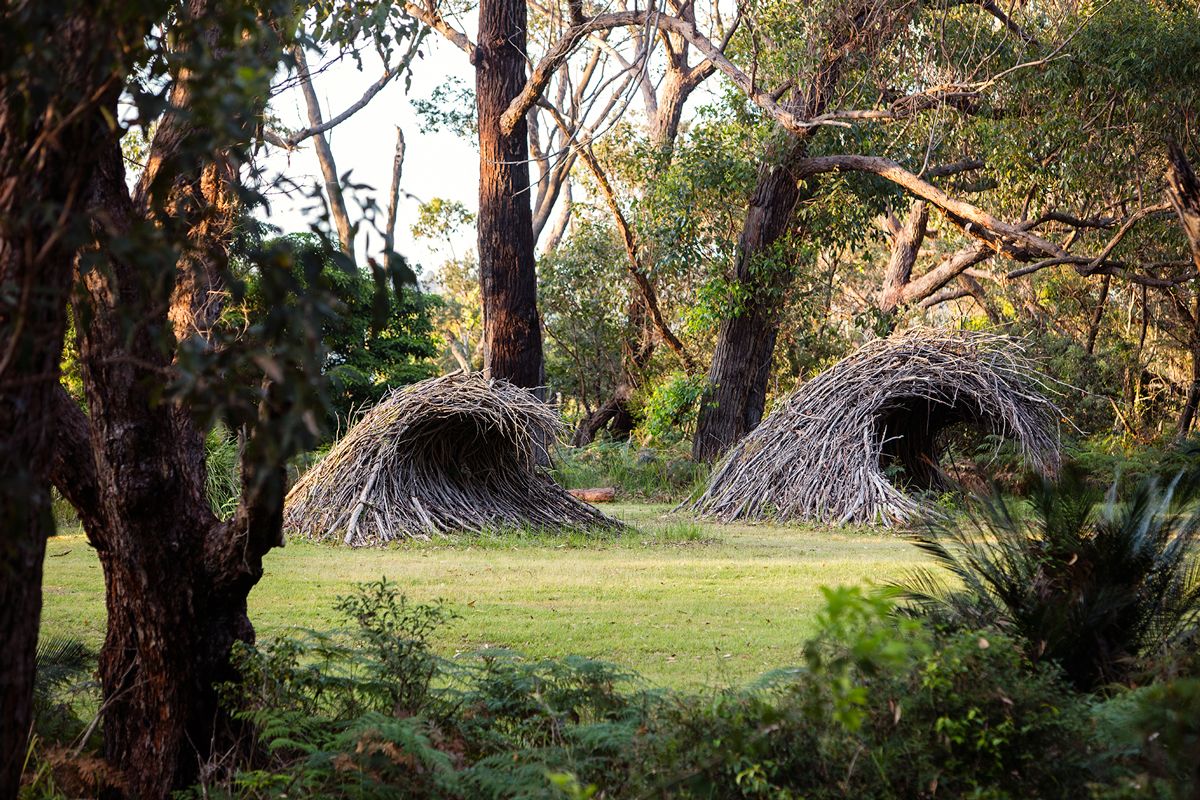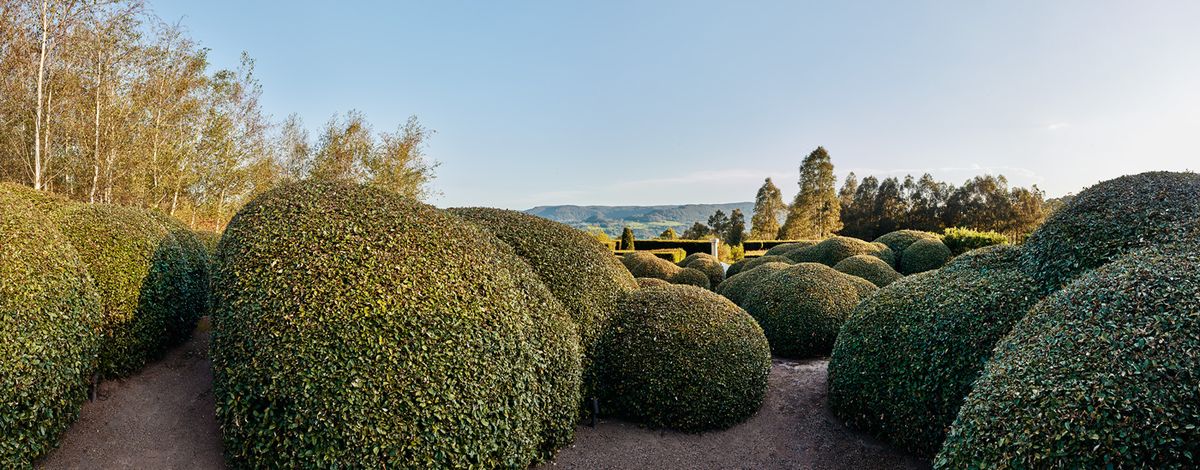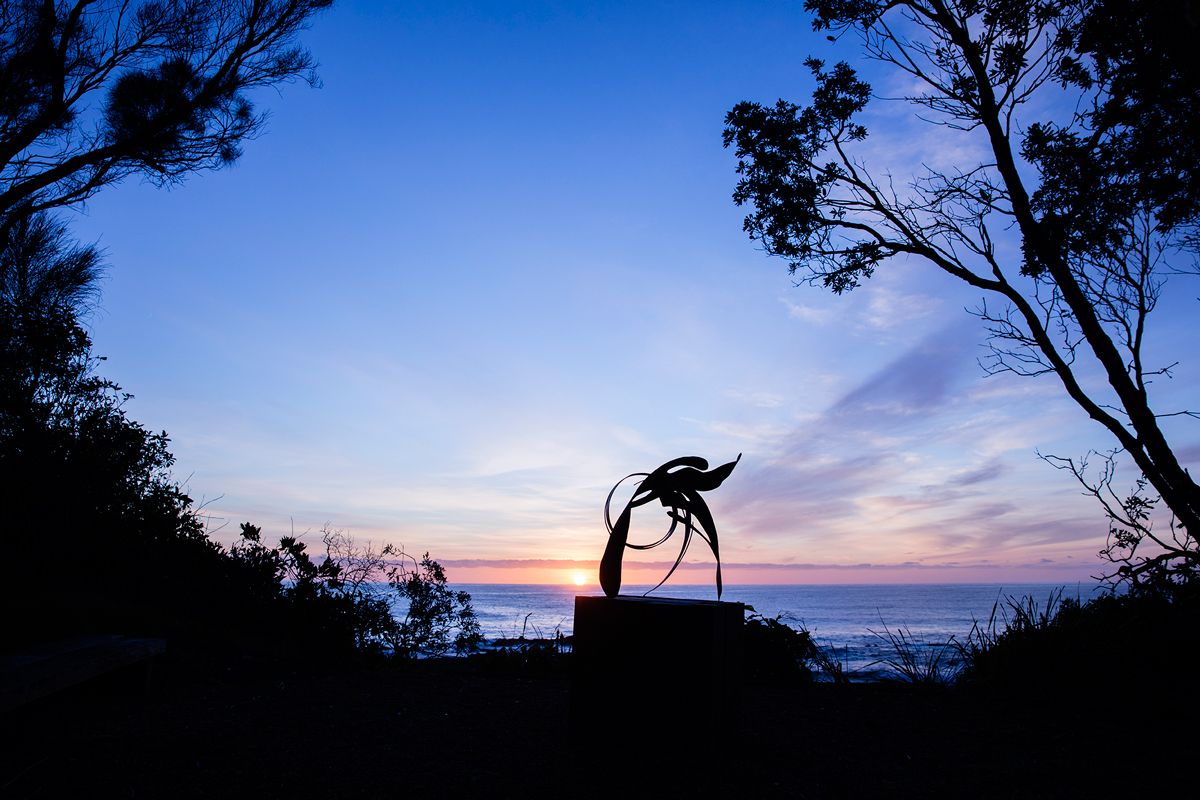Ricky Ray Ricardo: Planting Dreams is a wonderfully evocative title, what does it mean for you?
Howard Tanner: The title evokes the possibilities of gardening, and on a larger scale, landscape design. In many of the better things in life, one plants a few seeds to a conscious plan, nurtures growth, and enjoys the outcome. In choosing the title the Library wanted to suggest gardens as part of the realm of the imagination. At best great gardens are a fantastic three-dimensional artwork that one can walk through. They change with the seasons and with the decades.
RRR: There are two parts to this exhibition, could you explain how they compliment each other?
HT: Planting Dreams is, in fact, two exhibitions at the State Library of NSW. One, Planting Dreams: Shaping Australian Gardens curated by Richard Aitken, celebrates 200 years of Sydney’s Botanic Gardens by exploration of Australia’s garden history. In the other [Planting Dreams: Grand Garden Designs], commissioned photographs and a film are the result of a lengthy survey which I carried out of innovative larger gardens – both public and private – created in NSW since the 1980s.
The Hermitage in Vaucluse, NSW designed by 360 Degrees Landscape Architects.
Image: Sue Stubbs
RRR: How did you go about selecting the gardens featured in the contemporary exhibition, Grand Garden Design?
HT: Anne Latreille’s excellent book on Australian landscape designers (Garden Voices: Australian Designers - Their Stories, 2013) convinced me that, during the past 30 years, conscious landscape design in this country had come of age. The Library liked the idea of an exhibition that conveyed contemporary history. My initial interviews were with a major landscape contractor, and three landscape designers who, to my mind, were artists whose medium was plants. Whenever I got two or three recommendations, I went forth. In total I interviewed 29 landscape consultants and inspected 42 parks and gardens. The Library chose 22 of these places to be professionally photographed for the exhibition.
RRR: The photographs in Planting Dreams are incredibly beautiful and atmospheric. There is a fine art to capturing the essence of a garden isn’t there?
HT: Four talented photographers – Jason Busch, Murray Fredericks, Sue Stubbs and Nick Watt – were asked to take photographs that would convey to the viewer the artistic achievement of each design. Garden photography is quite different to architectural photography. One may photograph through foliage into the light, and the atmospherics of each day makes quite a difference. The finest photographs are presented at large scale and are back-lit to great effect. In parallel film-maker Michael Power crafted a remarkable video where a number of splendid landscapes are revealed and explained by their designers.
Wirra Willa in Somersby (near Gosford), NSW designed by Michael Cooke.
Image: Murray Fredericks
RRR: As a nation, how do you think our appreciation of the garden (domestic and public) has changed over the past century?
HT: As much of Australia becomes increasingly urban, the role of landscaping in tempering the built environment is increasingly important. Featured projects in the exhibition include Paddington Reservoir Gardens, Prince Alfred Park and the vertical gardens on new apartment buildings on Broadway [One Central Park], all in the City of Sydney. Similarly, the new wooded headland at Barangaroo is showing itself to be immensely popular. All of these places are important as a contrast to the the pressures of an urban existence.
RRR: I was driving through a new residential estate recently and had a rather depressing thought: if you think about the most typical or common types of domestic gardens being created in Australia now, have we actually regressed in regard to respecting the nuances of place?
HT: The normal domestic garden shows little response to the possibilities offered by new planting concepts. Surely it’s time to move on from dated English ideals? Increasingly the street and park plantings will be professionally designed, thus giving the broader suburban realm an organised landscape character. A number of the outstanding gardens in the exhibition show very fine effects derived from using regional Australian plants in inventive compositions – this trend is to be encouraged.
Howard Tanner is a Sydney architect with a long involvement with Australian landscape design and history. Howard was the survey coordinator and exhibition consultant for Planting Dreams: Grand Garden Designs.
Planting Dreams is a free exhibition at the State Library of New South Wales, on show until Sunday 15 January 2017.

